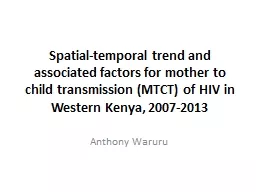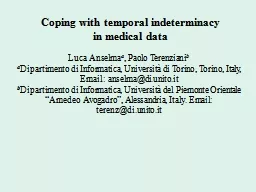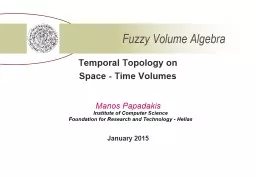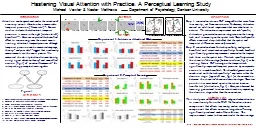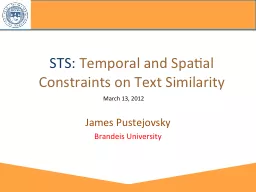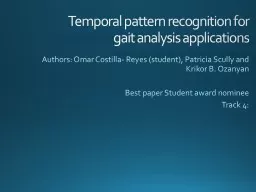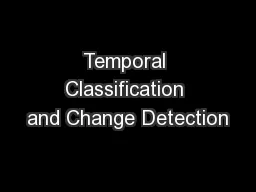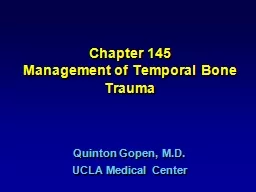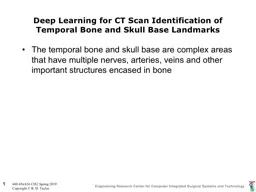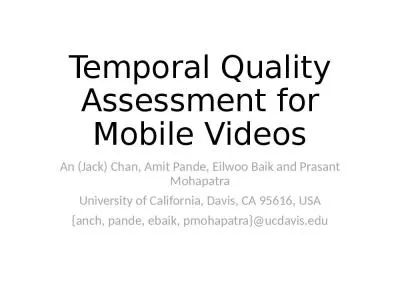PPT-Are we there yet? Spatial-temporal
Author : jane-oiler | Published Date : 2018-01-21
trend of mother to child HIV transmission in western Kenya 20072013 Anthony Waruru Thomas Achia Hellen Muttai Lucy Nganga Abraham Katana Peter Young
Presentation Embed Code
Download Presentation
Download Presentation The PPT/PDF document "Are we there yet? Spatial-temporal" is the property of its rightful owner. Permission is granted to download and print the materials on this website for personal, non-commercial use only, and to display it on your personal computer provided you do not modify the materials and that you retain all copyright notices contained in the materials. By downloading content from our website, you accept the terms of this agreement.
Are we there yet? Spatial-temporal: Transcript
Download Rules Of Document
"Are we there yet? Spatial-temporal"The content belongs to its owner. You may download and print it for personal use, without modification, and keep all copyright notices. By downloading, you agree to these terms.
Related Documents

